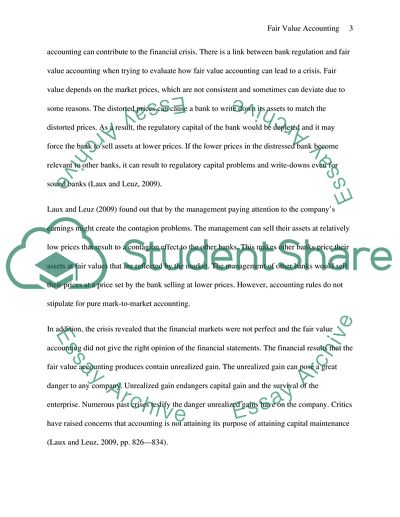Cite this document
(“Advanced Financial Reporting and Regulation Essay - 1”, n.d.)
Advanced Financial Reporting and Regulation Essay - 1. Retrieved from https://studentshare.org/finance-accounting/1637805-advanced-financial-reporting-and-regulation
Advanced Financial Reporting and Regulation Essay - 1. Retrieved from https://studentshare.org/finance-accounting/1637805-advanced-financial-reporting-and-regulation
(Advanced Financial Reporting and Regulation Essay - 1)
Advanced Financial Reporting and Regulation Essay - 1. https://studentshare.org/finance-accounting/1637805-advanced-financial-reporting-and-regulation.
Advanced Financial Reporting and Regulation Essay - 1. https://studentshare.org/finance-accounting/1637805-advanced-financial-reporting-and-regulation.
“Advanced Financial Reporting and Regulation Essay - 1”, n.d. https://studentshare.org/finance-accounting/1637805-advanced-financial-reporting-and-regulation.


